The rumor mill has been active for months, but I recently received a few slides that confirm much of this. The Lunar Lake processors are said to have up to 8 cores, combining a maximum of 4 powerful Lion Cove P cores with 4 efficiency-oriented Skymont E cores. This configuration once again confirms Intel’s continued focus on the balance between performance and efficiency, with the aim of developing a processor architecture that can handle a wide range of computing requirements while maintaining energy efficiency.
The integrated GPU (iGPU) within the Lunar Lake processors is also confirmed to be based on the Intel Arc Battlemage and presents a maximum of 64 Xe2 Execution Units (EUs) and 8 Xe2 cores. This setup indicates a significant leap in graphics performance that could set new benchmarks for integrated graphics solutions. A notable leap in Lunar Lake’s design is its use of TSMC’s N3B manufacturing technology for its compute tile, marking a significant change in Intel’s approach to using outsourced technology for its high-end chips.
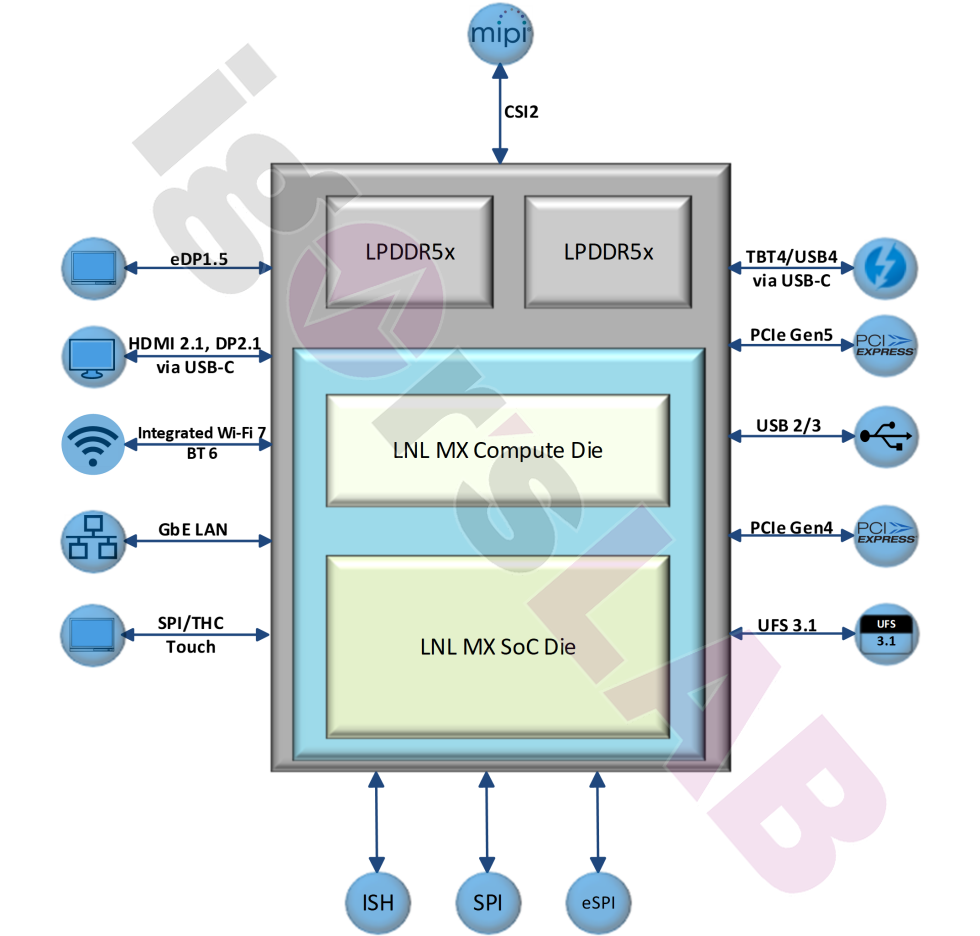
The architecture also offers various improvements to the instructions per cycle (IPC) for the CPU core. This is complemented by the integration of new memory technologies through the introduction of support for LPDDR5 memory. Compared to its predecessor LPDDR4, LPDDR5 memory offers higher data rates and improved energy efficiency. These features are essential for the next generation of computing devices that rely on Lunar Lake, including ultra-portable laptops, tablets and other mobile devices where power consumption and battery life are critical considerations.
The Lunar Lake MX chips have also been developed in collaboration with Microsoft, which places a strong emphasis on optimizing software-hardware interaction, particularly for the anticipated changes in the Windows operating system. This collaboration suggests that users can expect a more optimized implementation of CPU features, especially in environments using the latest Microsoft operating systems.
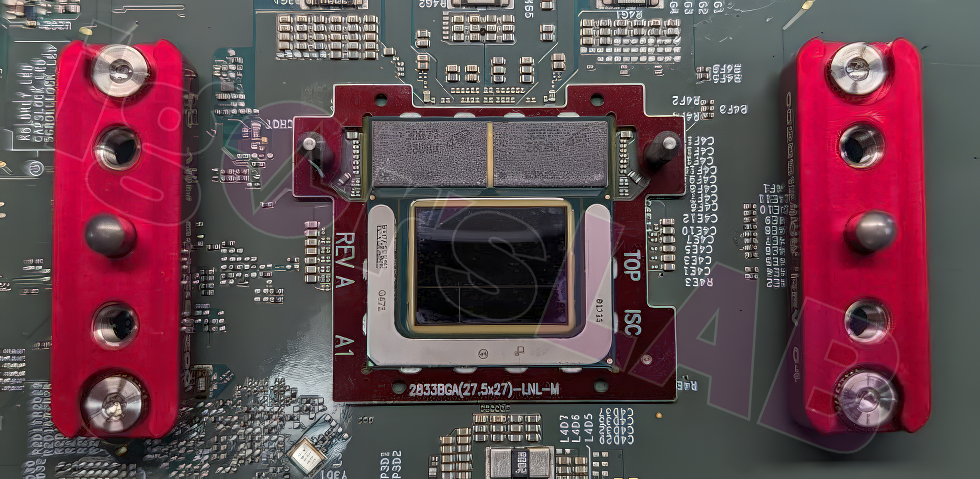
In terms of graphics, early benchmarks of the Lunar Lake iGPU, which uses the Battlemage “Xe2” architecture, show promising results. It is significantly faster than its predecessors and almost doubles the performance in some internal tests. Unfortunately, neither concrete benchmarks nor verified third-party results can be found in the documents. However, this improvement could well be a turning point for integrated graphics and provide sufficient performance for more demanding graphical tasks and games, even in thin and light notebook form factors. However, we will have to wait for the real tests to avoid falling into the same false euphoria that has already been bitterly disappointed with Arc. But as we all know, hope dies last, right after the drivers.
With the documented advances in core architecture, better manufacturing technology and software-hardware optimization (the WIntel empire sends its regards!), Lunar Lake could well redefine expectations of computing performance and energy efficiency for a moment. In particular, the emphasis on integrated graphics performance underscores Intel’s commitment to providing robust computing solutions that cover a wide range of applications, from productivity to gaming. The tech community is eagerly awaiting further details and official announcements from Intel, which unfortunately cannot be gleaned from a few loose slides floating around. A pity really…
Source: Own















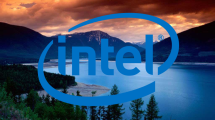
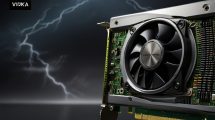
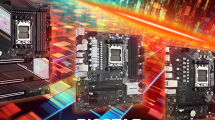



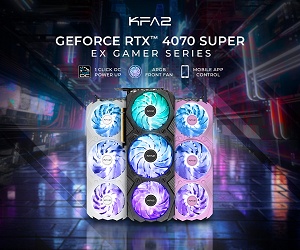






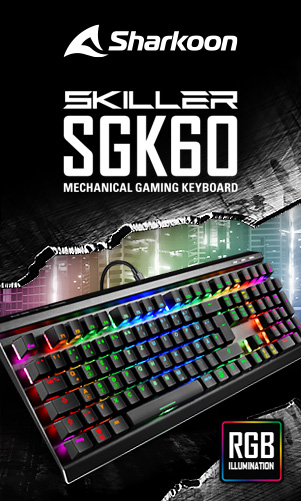



11 Antworten
Kommentar
Lade neue Kommentare
Veteran
Urgestein
Mitglied
Urgestein
Mitglied
1
Urgestein
Urgestein
Urgestein
Urgestein
Urgestein
Alle Kommentare lesen unter igor´sLAB Community →